The 1980s saw a large influx of Australian rock bands invading the American music scene.
The first Aussie band to break through was Men at Work with their hit, Down Under. A few years later, bands like INXS, The Church, and singer Rick Springfield conquered the American Top 40, The Billboard Top 100, and MTV. Next door in New Zealand, one of my favorite bands, Crowded House, burst on the scene with their hit song, “Don’t Dream It’s Over” in 1986.
However, the most unique band to come from “down under” during this time period was Midnight Oil.
Their climb to international success was slow but steady.
After forming in 1972, Midnight Oil’s music gradually morphed into a more aggressive punk rock sound, along with lyrics that became more political as well.
This was largely due to lead singer Peter Garrett’s activism which continues today. Because of this, by the early 1980s, the band gained many new fans from around the world, including me.
The first Midnight Oil album I remember buying was their 1982 release, 10, 9, 8, 7, 6, 5, 4, 3, 2, 1. Two years later in 1984, I picked up their next album, Red Sails in the Sunset.
What I liked best about Midnight Oil at that time was that their albums weren’t as polished and commercial as the other more popular chart-toping band mixing social/political messages with their music - U2.
Unlike Bono, Peter Garrett’s lyrics were “in your face” and his vocals often sounded like he was snarling at the listener.

In 1986, Midnight Oil spent a large part of the year touring the outback of Australia.
The line-up at that time consisted of lead singer, Peter Garrett; guitarist Martin Rotsey; keyboardist/guitarist Jim Moginie; bassist Peter Gifford; and drummer Rob Hirst.
They played to remote aboriginal communities throughout the region. They also saw up close the poor living conditions and health issues the indigenous people living there endured daily.
Everything Midnight Oil witnessed on that tour became the basis for the songs on their next (and I think best) album, Diesel and Dust, which was released in June of 1987.
Almost immediately, the album became a sensation, with both critics and music fans.
The first song on the album is the hit single, “Beds Are Burning.” Opening with a three chord blast of horns backed by loud drums, this rhythm-driven song not only derives its power from Peter Garrett’s impassioned vocals, but also from the powerful lyrics advocating for the return of native land to the Australian indigenous people.
With its catchy chorus offset by Garrett’s snarling vocals and blunt lyrics, “Beds are Burning” became an unlikely worldwide hit single and a popular music video that played in heavy rotation on MTV at the time.
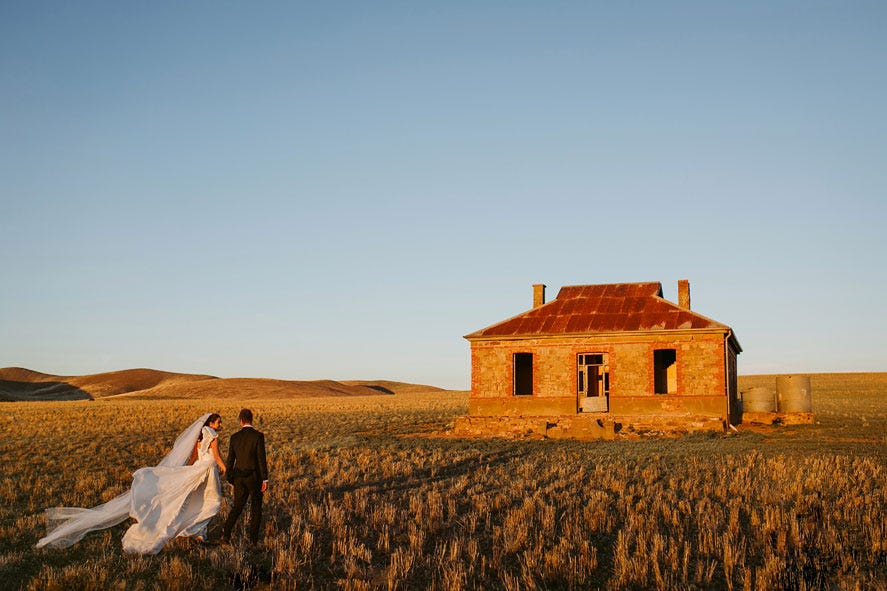
With “Beds Are Burning” setting the tone for the rest of the album, the next song, “Put Down That Weapon,” conjures up R.E.M. with its jangly guitar introduction. As the verse begins, the driving beat and Peter Garrett’s vocals drive home the song’s message with a catchy chorus.
The third track on the album, “Dreamworld,” is a classic uptempo Midnight Oil song. Anchored by a recurring guitar riff, the song builds to a catchy chorus that seems in opposition to the downbeat message contained in Garrett’s vocals.
The next track, “Artic World,” is the first ballad on the album, but since this is Midnight Oil, it’s not a love song.
Instead, Peter Garret’s vocal takes on the persona of an indigenous man as he expresses disdain and anger toward those who breathe “Smithsonian air” and want to turn the Australian aborigines into museum pieces. The result is a haunting track that is unique on the album.
The fifth song, “Warakurna,” is an angry and urgent plea to help the indigenous people living in the Warakurna community of Australia.
Describing the less-than-ideal living conditions in Warakurna, where people must breathe “diesel and dust” (hence the album’s title), this is another powerful call for change by Garrett and the rest of the band.
The sixth song on the album, “The Dead Heart,” is my second favorite track on the album. Everything in this song works.
Beginning with a catchy melodic line, first played on the guitar and then sung by the band (but without words, just “do-do-do-do’s”), this is the second song on the album where lead singer Peter Garrett takes on the persona of an indigenous man.
In this song, Garrett expresses rage against Western civilization, and his indigenous persona makes it clear he and his tribesmen don’t want civilized man’s charity — they just want their land back.
While it didn’t bother most listeners around the world, including me, Garrett’s use of an indigenous persona in “The Dead Heart” and some of the other songs on the album caused a lot of controversy in Australia at the time of the album’s release.
In her article, Finding a Voice on Indigenous Issues: Midnight Oil’s Inappropriate Appropriations, author Laetitia Vellutini comments on the lyrics to “The Dead Heart” by saying, “Midnight Oil’s effort is laudable but its artificiality poses many problems and solves few. This technique recalls the way colonisers hijack indigenous narratives and systematically appropriate history.”
The seventh track, “Woah,” begins with an acoustic guitar and percussion, but soon the drums kick in and Garrett laments the travesty Western civilization has brought to their homeland.
The result sounds like a combination of R.E.M, and The Church (another Australian band). The song builds to the chorus as the band sings “Woah” over and over while Garrett sings on top of their vocals. In the last chorus, an organ provides solid support and gives the last part of this powerful song an almost religious feel as the track ends.
The next song, “Bullroarer,” begins with an unusually deep whirling sound, presumably made from the aboriginal instrument, the bullroarer. Then the music kicks in — hard-driving drums with an occasional guitar that provides support to Garrett’s vocals.
Interestingly, this was another controversial song in the band’s home country of Australia.
A bullroarer is an ancient ritual musical instrument. It consists of a piece of wood attached to a string which when swung around in the air in a large circle produces loud vibrating sounds.
The Australian aboriginal people use the bullroarer in initiation ceremonies and burials to ward off evil spirits and bad tidings. It’s considered secret men’s business and forbidden for women, children, outsiders, and the uninitiated.
Some aboriginal groups, along with cultural critics, objected to the sound of the bullroarer being used in the introduction of this song, arguing the ancient instrument was designed to be used for sacred rituals, not in rock songs.
However, according to Michael Lawrence’s biography of the band, Midnight Oil: The Power and the Passion, the band’s drummer, Rob Hirst, claimed in an interview that the band didn’t use a real bullroarer on the album’s song. Instead, Hirst said they used a ruler wrapped in a piece of rope.
Even so, the song still stirred up a lot of controversy in Australia at the time of the album’s release.
The next song on the album, “Sell My Soul,” is also a very powerful, rhythm-driven cry for justice for the Aboriginal people, once again sung from their point of view by Peter Garrett. This is my third favorite track on the album.
Beginning with another R.E.M.-like guitar introduction before the band joins in, the verse to this song is very melodic but the lyrics are acidic, which provides an interesting contrast to the melody.
The drums and percussion provide a solid backdrop, along with the guitar. As the band repeats the title over and over, Garett sings over them with some of the most emotional vocals on the album.
“Sell My Soul” builds to an elaborate bridge that’s almost too melodic considering the lyrics and leads into what sounds like a banjo solo before returning to an extended chorus for the ending of this powerful track.
The album ends with the upbeat but caustic song, “Sometimes.”
In this track, which I think is the only song on the album written in a major key, Peter Garrett talks about the pain of being beaten to the wall by those against him.
The song builds to a catchy chorus with memorable guitar riffs as Garrett urges the listener not to give in to their oppressors. The wailing guitars and driving drums supporting Garrett’s vocals bring the album to a fitting close.
In conclusion, thirty-seven years after its first release, Midnight Oil’s Diesel and Dust album still sounds vital and fresh — not dated by its subject matter, musical arrangements, or audio production, at all.
Its message about helping the indigenous people of Australia continues to resonate today, just like the power of the album’s best songs.
If you haven’t listened to Diesel and Dust in a while, now is a good time to revisit it. And, if you’ve never heard the album before, now is a good time to discover this powerful statement by one of the best rock bands to emerge from Australia.

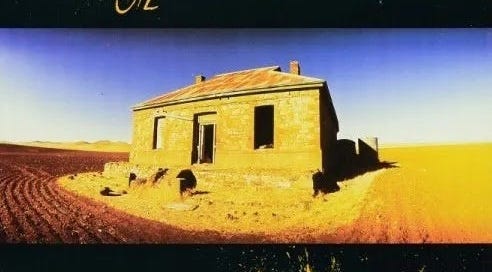



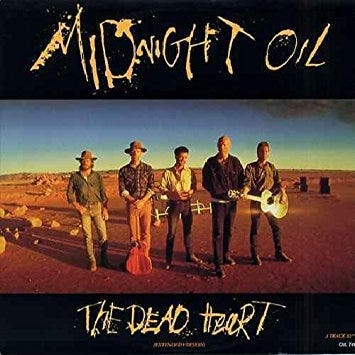
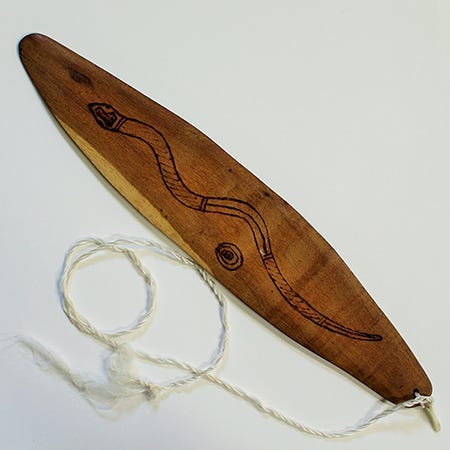
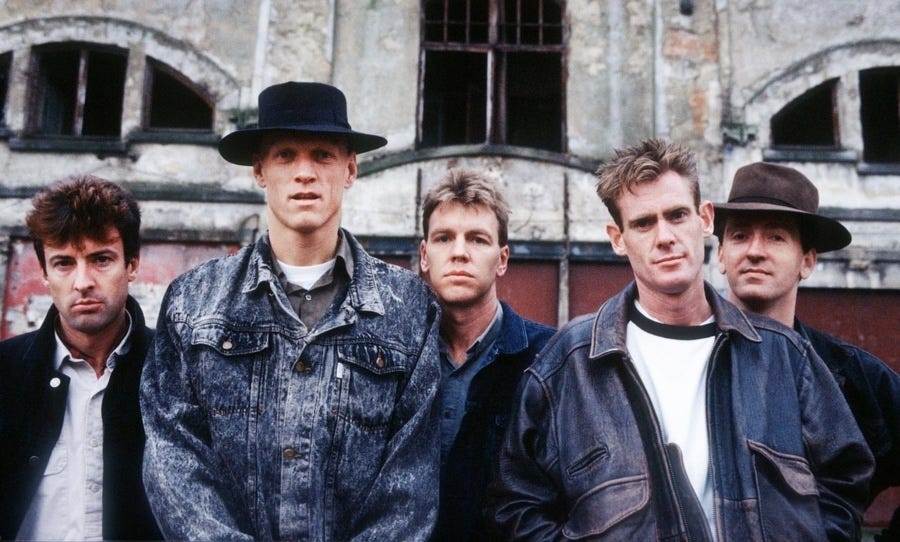
Nice overview of the Oils. FYI: I was at their last US concert in NY in 2022.
A great album